50+ Sample Team Agreement
-
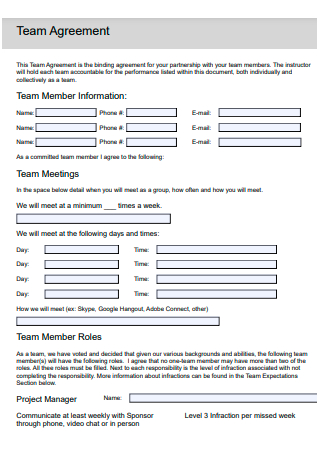
Team Agreement Template
download now -
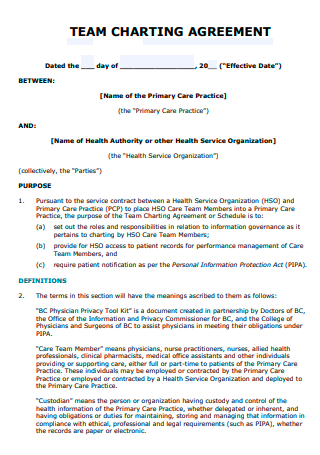
Team Charting Agreement
download now -

Team Sportsmanship Agreement
download now -
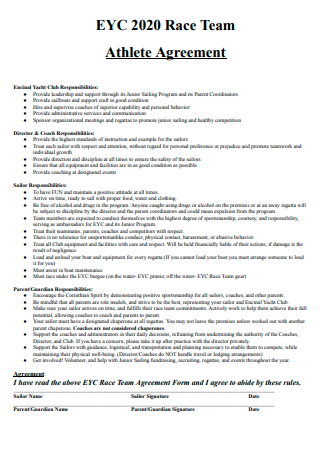
Race Team Athlete Agreement
download now -
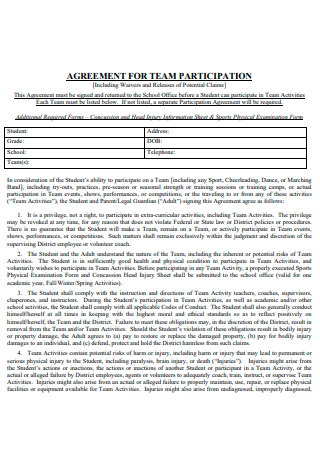
Team Participation Agreement
download now -
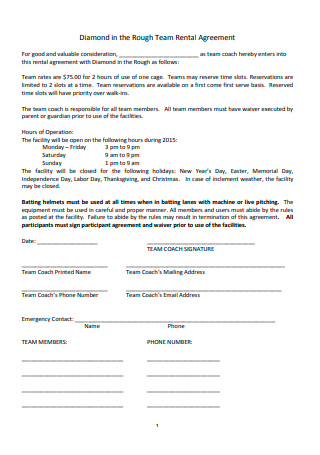
Team Rental Agreement
download now -
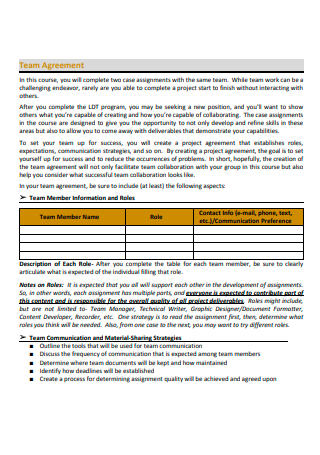
Basic Team Agreement
download now -

Sample Team Agreement
download now -
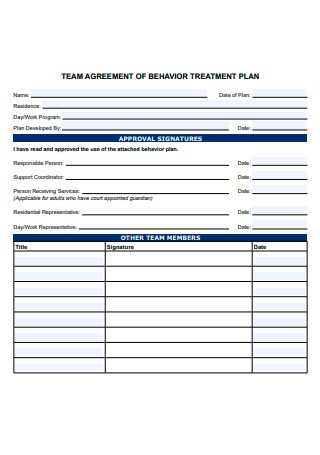
Team Agreement of Behavior Treatment Plan
download now -
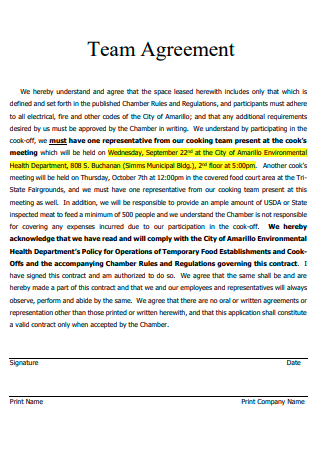
Team Agreement Example
download now -
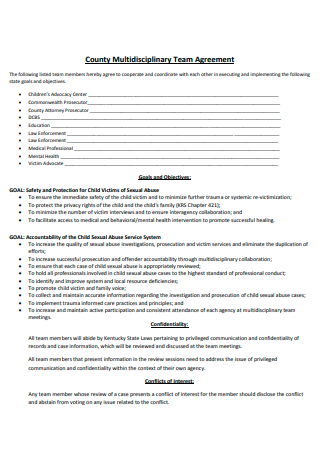
Multidisciplinary Team Agreement
download now -
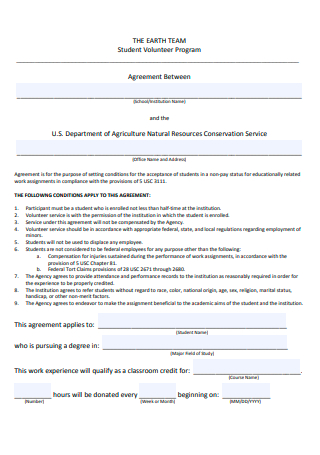
Team Student Volunteer Program Agreement
download now -
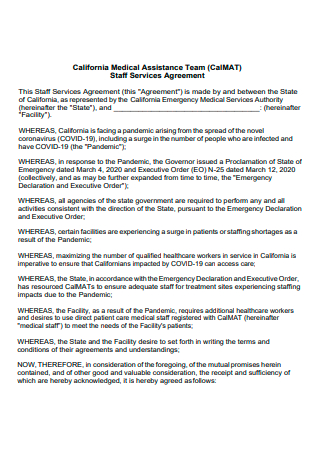
Team Staff Services Agreement
download now -
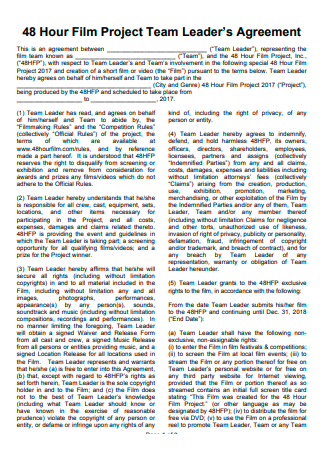
Film Project Team Leaders Agreement
download now -
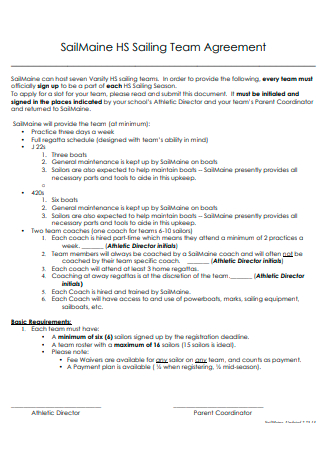
Sailing Team Agreement
download now -
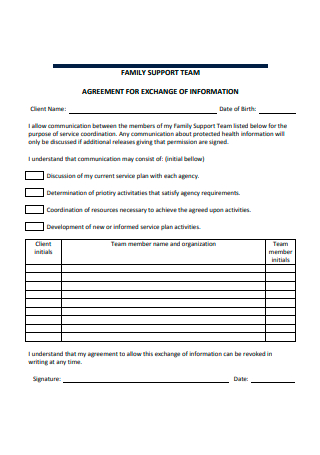
Family Support Team Agreement
download now -

Team Parent Agreement
download now -
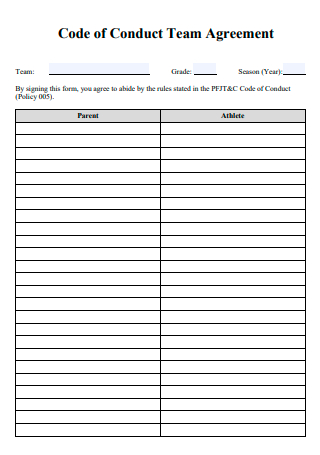
Code of Conduct Team Agreement
download now -
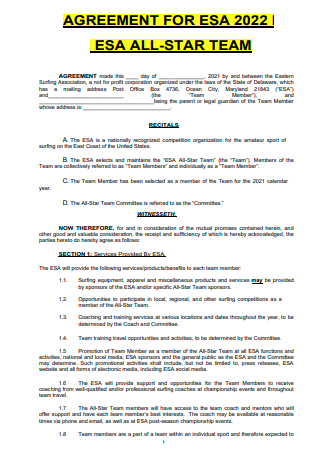
Simple Team Agreement
download now -
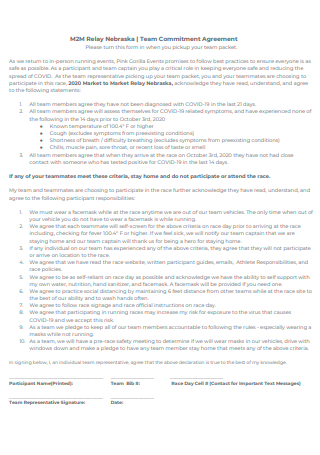
Team Commitment Agreement
download now -
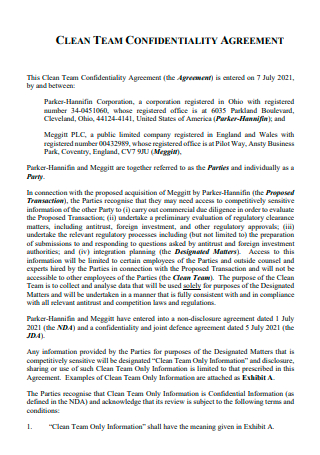
Clean Team Confidentiality Agreement
download now -
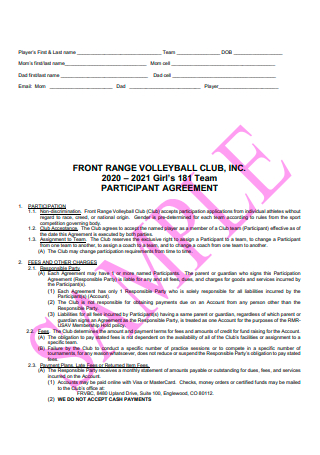
Girls Team Participant Agreement
download now -
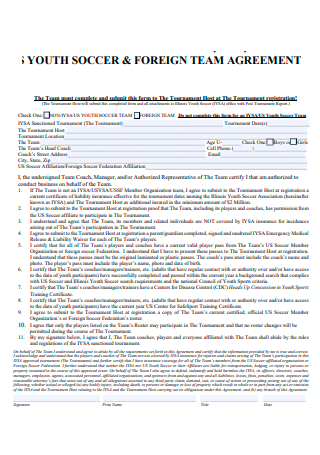
Youth Soccer and Foreign Team Agreement
download now -
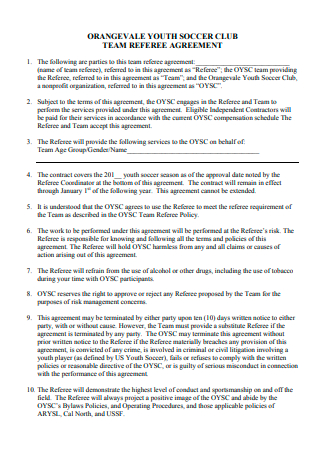
Team Referee Agreement
download now -
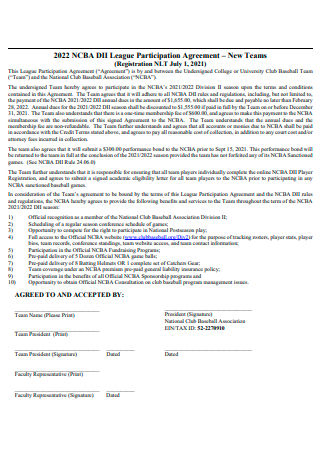
New Team League Participation Agreement
download now -
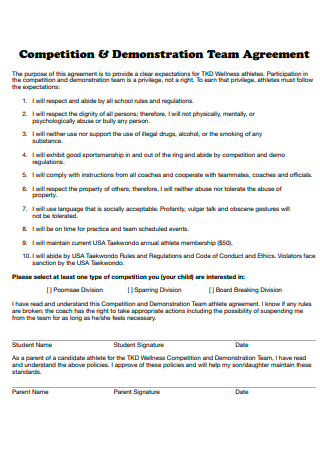
Competition and Demonstration Team Agreement
download now -
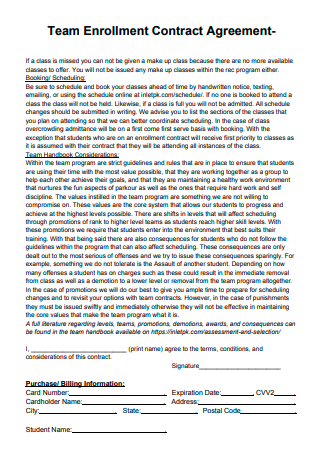
Team Enrollment Contract Agreement
download now -
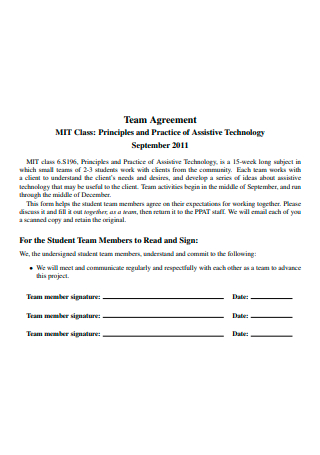
Printable Team Agreement
download now -
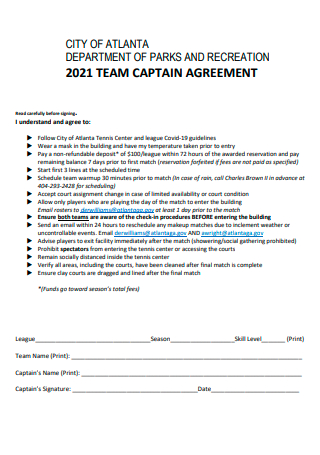
Team Captain Agreement
download now -
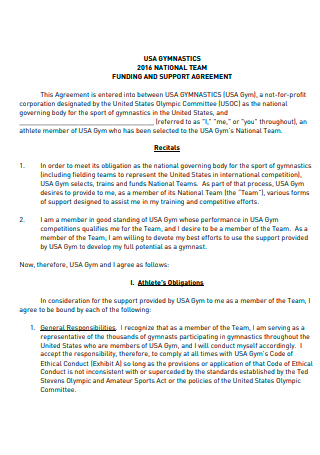
National Team Funding and Support Agreement
download now -
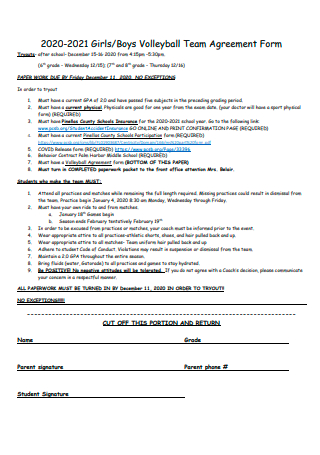
Volleyball Team Agreement Form
download now -
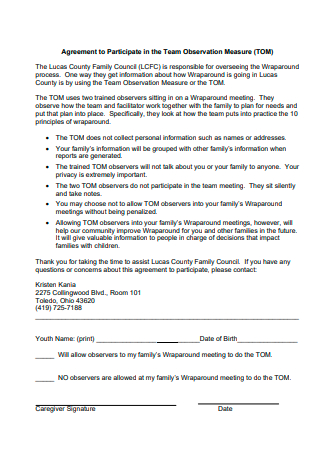
Team Observation Measure Agreement
download now -
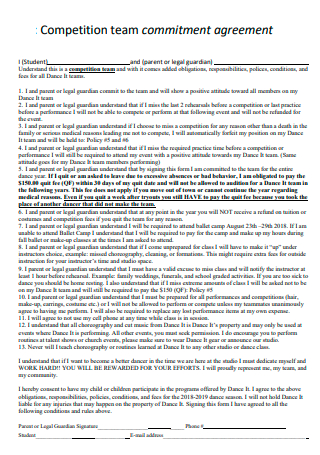
Competition Team Commitment Agreement
download now -
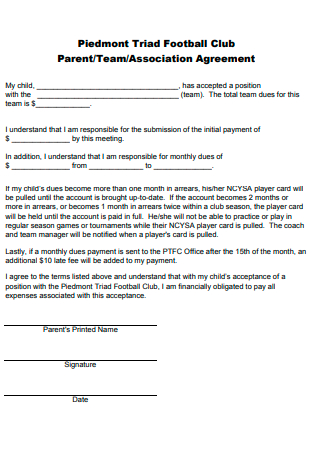
Team Association Agreement
download now -

Gymnastics Team Agreement
download now -
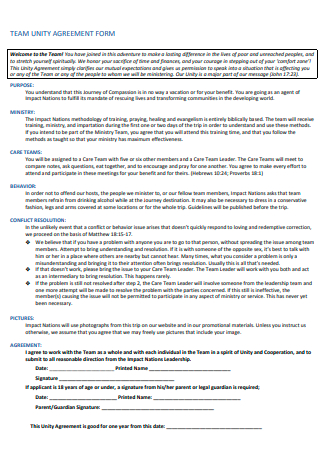
Team Unity Agreement Form
download now -
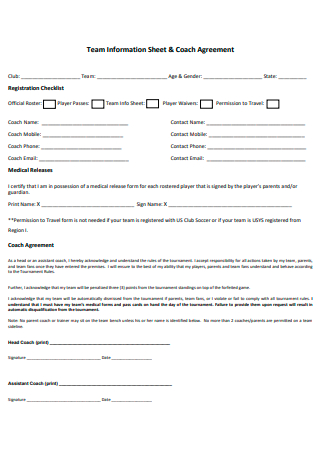
Team Information Sheet and Coach Agreement
download now -
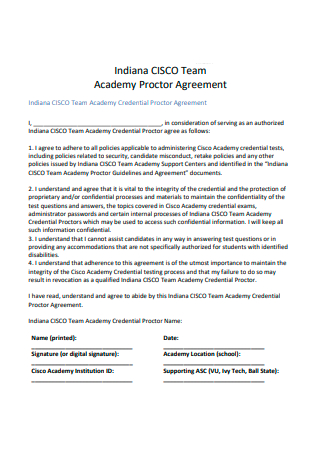
Team Academy Agreement
download now -
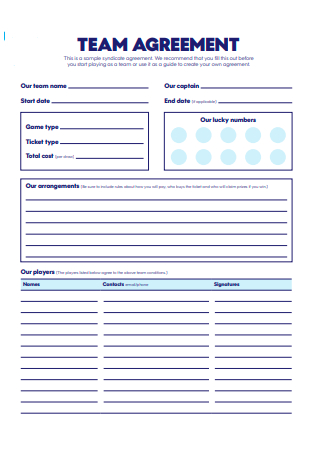
Team Agreement Format
download now -
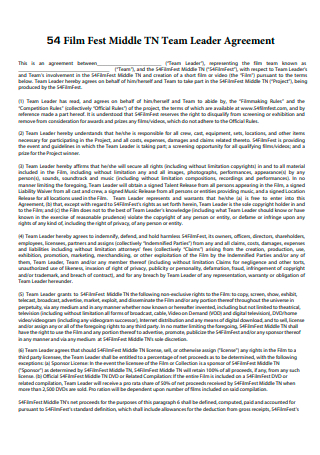
Team Leader Agreement
download now -
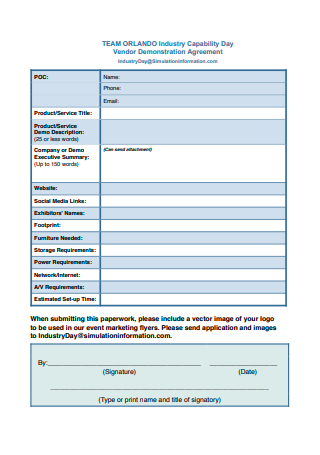
Team Vendor Demonstration Agreement
download now -
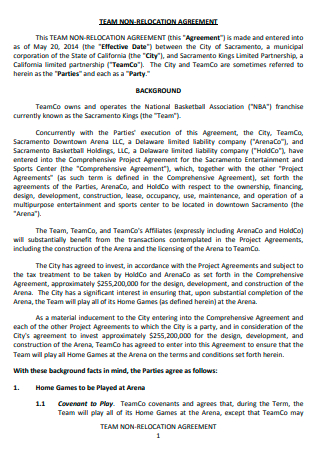
Team Non-Relocation Agreement
download now -

Clean Team Agreement
download now -
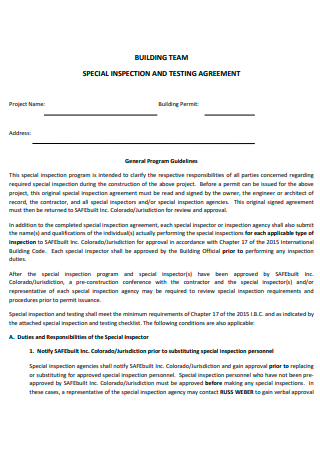
Building Team Special Inspection and Testing Agreement
download now -
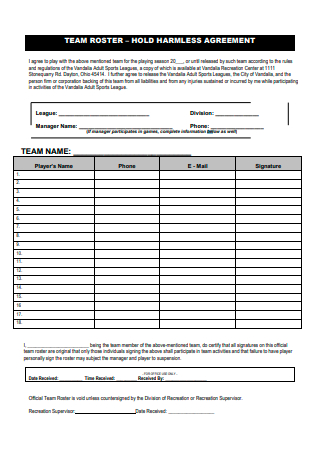
Team Roster Harmless Agreement
download now -
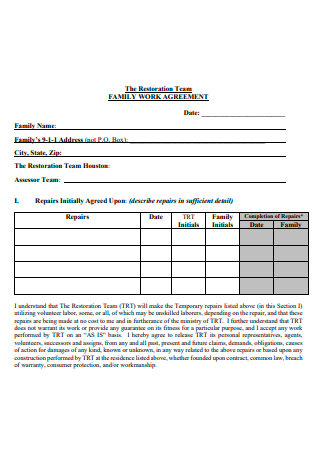
Team Family Work Agreement
download now -
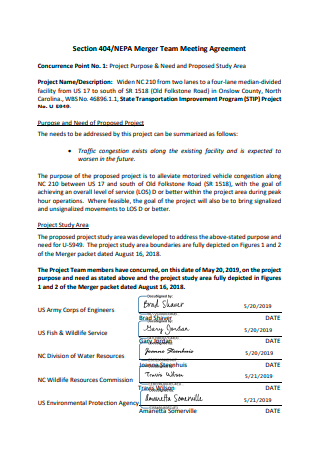
Merger Team Meeting Agreement
download now -
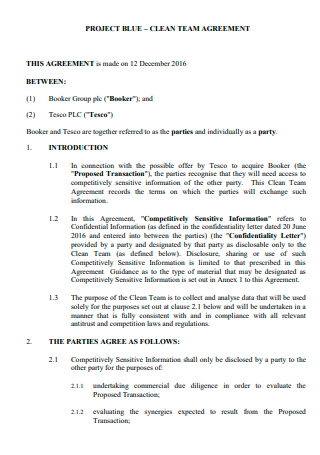
Project Clean Team Agreement
download now -
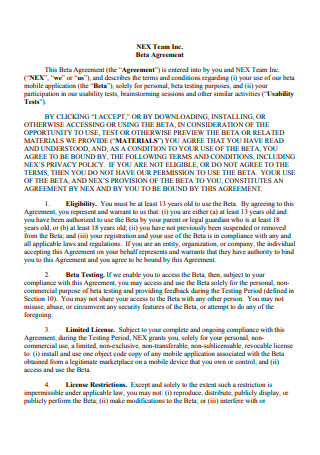
Team Agreement in PDF
download now -
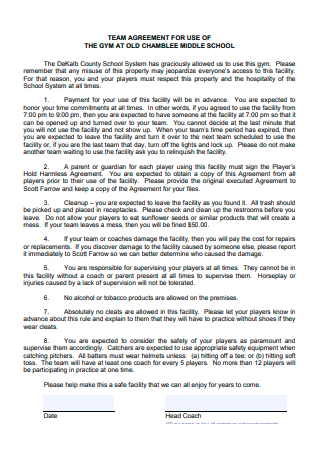
Standard Team Agreement
download now -
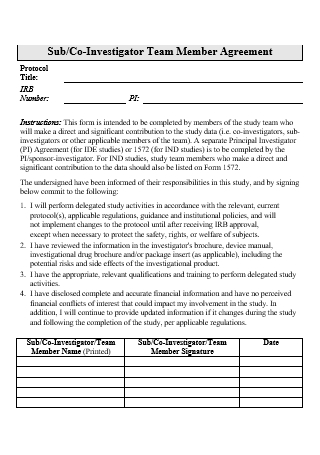
Co-Investigator Team Member Agreement
download now
What Is a Team Agreement?
A team agreement is a document outlining the terms a team commits to collaborate. Team agreements might detail procedures such as decision-making processes, obtaining assistance, and the tools and communication channels employed by the team. According to statistics, 91% of people consent to legal terms and conditions without reading them. The number is much higher for younger people, ages 18-34, with 97 percent agreeing to restrictions before reading.
Benefits of Team Agreements
Creating a harmonious, creative, and productive company culture is one of the executives’ complex issues. While hearing stories about missed deadlines, poor performance, and unmet targets is not uncommon, there is a simple solution to these issues — team working agreements. Team operating agreements can assist your teams in reaching previously unattainable levels of performance. It is a social compact between coworkers that describes how they wish to collaborate, what they expect from one another, and what they anticipate from their work environment. This straightforward technique fosters an open, safe, and productive work environment. It instills discipline and accountability in your team, motivates investment, and promotes a positive dynamic. It can reduce conflict and disruption by requiring everyone to work toward the same goal in an organized yet independent manner. If you’re still intrigued, here are a few of the advantages.
Tips Before Signing an Angreement
Annual bonuses are distributed throughout the banking sector and many other industries throughout the first few months. Businesses frequently utilize this period to get employee approval for new policies and employment agreements, often simply by clicking a box on their computer screen. Usually, there is little room to negotiate the terms of these agreements if you wish to receive your bonus. Still, it is critical that you fully understand whether there is any flexibility, how the agreement affects your job, whether the terms are legally enforceable, and whether you can altogether “opt-out” of the contract. Before agreeing to any new job terms, ensure that you have completed the following five steps:
-
1. Before you sign, carefully read everything.
This applies whenever you obtain a policy or agreement that alters your work terms and conditions. While it is usual for new employees to get a mountain of paperwork and employment standards on their first day, you should nevertheless thoroughly study all of these documents, even if they do not require a signature. Occasionally, new or updated policies are adopted or modified, and they may be more stringent or changed to make them more easily enforced legally. It will help if you read all of these documents thoroughly to comprehend them. If you have time to bring the records home and peruse them at your leisure before signing, take advantage of them. If you are skeptical about some of the terminology in a particular policy, consider reviewing it by a legal practitioner. Even if you did not read an employment policy, you might find yourself legally forced to adhere to rules and agreements you were unaware you signed.
2. Inquire about obtaining a copy of the agreement.
In general, you should have a copy of any employment contract or policy that you have been required to sign or observe. Ascertain that you have copies of all documents outlining the terms of your compensation or pay, that you comprehend all of the terms of your contracts and that you understand what would happen to you if your employment ended in various ways. You must retain copies of policies that apply following your work termination. These may include non-compete or non-solicitation agreements, restricting your future employment options and contacts. Additionally, you should save copies of any documentation relating to deferred compensation, forgiven loans, securities, or other equities – you ought to know whether these items are forfeited, when they vest, and any additional relevant information.
3. Determine whether you are eligible to opt-out.
When you receive an email, pop-up message, or print document requesting your acceptance of a new employment policy or agreement, carefully examine the document to determine whether you have the choice to “opt-out” or decline to sign. Certain businesses will provide this option, particularly when it comes to arbitration policies. After reading it, if you’re not persuaded that the policy is in your best interest, try opting out. If you do opt-out, the corporation very definitely will allow you to sign it later if your mind changes. However, convincing your employer to waive an agreement you’ve previously signed is improbable, even more so if the contract has an arbitration agreement and you may have legal claims to assert. Employers often have a stronger bargaining position in legal discussions when a dispute is arbitrated for various reasons. Naturally, if your employment, bonus, or other remuneration is dependent on your signing the policy, you may be compelled to do so. However, you can inquire with human resources or trusted management about the possibility of “opting out” of that policy. Suppose there is no opt-out provision and you have questions about the policy or agreement. In that case, they may clarify how the company typically implements the procedure, mainly if it is a non-compete and non-solicit agreement. At the very least, you will better understand the company policy, which will assist you in planning for and anticipating future challenges. Whatever you do, avoid waiting until the last minute in the hope that your failure to sign would go unnoticed. This is rarely successful, even more so when the policy needs an electronic signature. You may, however, seek legal advice if you are unsure how to proceed with your particular circumstance.
4. Keep an eye out for these red flags.
Employment agreements that are excessively wide in scope or impose onerous restrictions on employees may be declared invalid in court. If you notice any red flags, you may be able to negotiate the terms of the agreement or have them declared legally unenforceable in the future. Also, relying on the state where you reside and work, non-compete and non-solicit agreements may not be entirely enforceable.
5. Search for a release of claims.
Certain employers will use a business reorganization or acquisition, year-end compensation, or any other change in an employee’s status as a chance to get a release of legal claims from them. These contracts, frequently referred to as a “general release,” effectively wipe the slate clean in legal terms by waiving an employee’s potential legal rights against the company. As a result, it is critical to read the fine print you are asked to sign carefully. This is especially important if you are aware of any future legal claims against the company or if known problems have already occurred or are about to happen.
How To Build an Effective Team
To be victorious, you must work well with others. Teams that are high-performing and can communicate adequately are essential for good organizations. You may help by building solid teams and supporting teamwork as a supervisor or manager. The steps to forming an effective team are outlined below.
-
1. Set SMART objectives.
Your team can prioritize SMART goals by selecting specific, measurable, attainable, relevant, and time-bound objectives. For instance, you may wish to achieve a 10% increase in your quarterly quota by the end of the second quarter. Following the implementation of these objectives, monitor progress regularly. Because each member uses the same team-specific metrics, your team can track progress and celebrate achievements. Individual team members can more precisely grasp their progress when using a single metric rather than their definitions of success.
2. Carry out clearly defined roles
Teams perform best when each member is accountable for a specific task. When team members have clearly defined roles, they can concentrate on completing specified tasks and adhering to precise protocols rather than wasting energy figuring out their place. In other circumstances, teams can accomplish even more when members are given opportunities to expand their contributions and rise into new responsibilities. To maximize the effectiveness of these adjustments, consider assigning new positions when embarking on new projects or taking on additional duties.
3. Regularly conduct experiments
While teams are frequently most effective when well-defined roles, try experimenting with new ideas, the most successful teams encourage calculated risk-taking and provide numerous learning opportunities, even more so when these trials can produce superior results. Make time for thinking before beginning a project to incorporate experimenting into your usual procedures. During this thinking exercise, team members might provide suggestions for conducting research, creating a project, or collecting and analyzing data.
4. Accept diversity
The most effective teams incorporate members with various skill sets, degrees of experience, and professional backgrounds. You should include members who hold divergent views and promote a diversity of thought. By having members with various perspectives, your team may evaluate alternative techniques or goals.
5. Share the same cultural heritage
Regardless of their differences, the most effective teams possess a common culture, whether corporate or group. Your team may automatically develop and adopt these shared behaviors, as they are likely to reflect preferred working or communication approaches. However, it will likely be more productive if your team is given guidelines to follow. As the leader, you should solicit input from members to develop a framework for cultural values. Many groups begin with a shared mission. Consider the organization’s mission statement and how your team contributes to this overarching aim while developing a distinct team mission.
FAQs
What is a collective bargaining agreement for team expectations?
Collaboration is not always easy. However, when teams work together well and communicate effectively, the rewards far outweigh the drawbacks. One strategy to increase the likelihood that a team will function successfully is to agree on expectations in advance.
What is a group agreement?
A group agreement is a concise collection of instructions outlining how your group will conduct conversations and handle sensitive information brought up in a group environment. Whether you gather informally for coffee or informally for organized meeting appointments, a group agreement is critical to the success of your group.
Who establishes the working agreement?
A Working Agreement is a concise set of instructions developed by the Team for the Team that defines the Team’s expectations.
Do not forget to peruse and download the samples included on this page. It is preferable if you already have a selection of document formatting and content development guides on hand to immerse yourself in team agreement-building methods.
